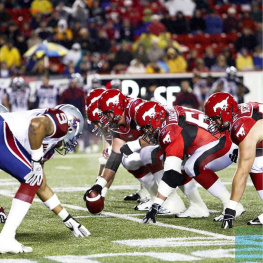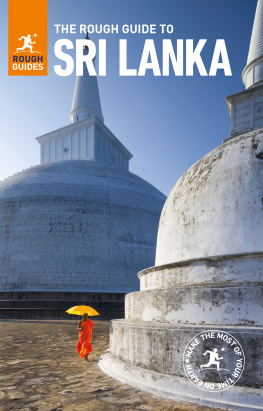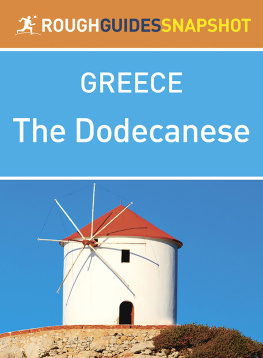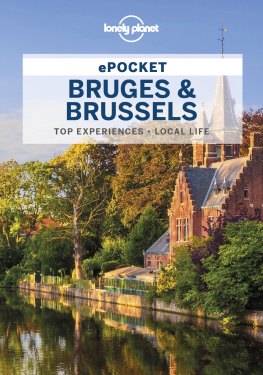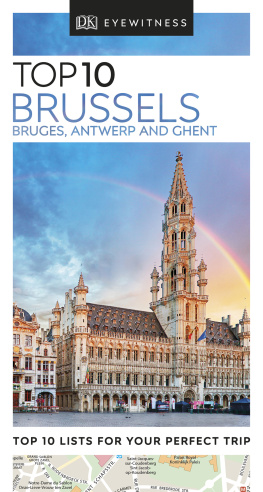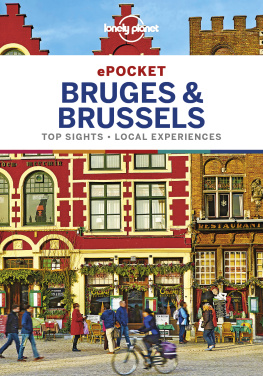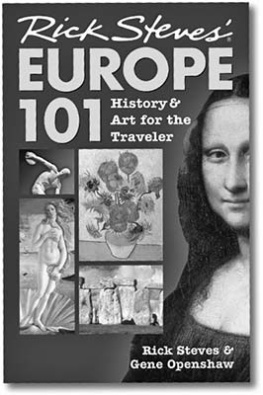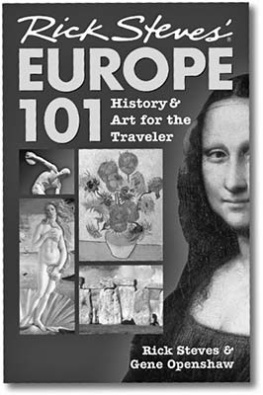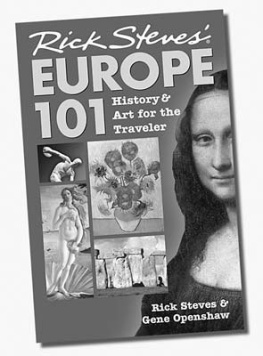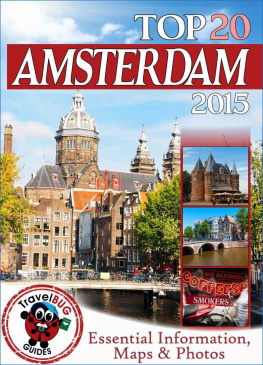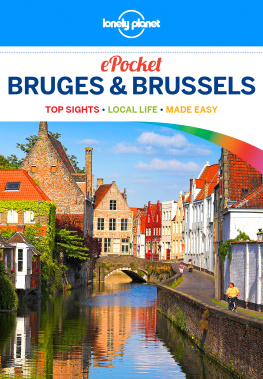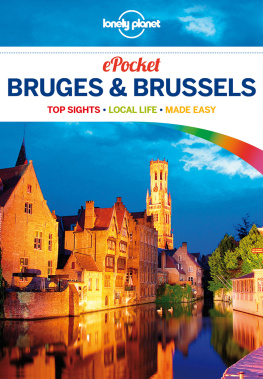1. Brussels
One of the must see capitals of Europe, Brussels is uniquely positioned on the threshold of northern Germanic Europe and southern Romantic Europe, and can be considered a melting pot of these two extremes. This diversity is reflected in the languages that you will hear spoken all over Brussels, with some of the locals speaking Flemish, and some speaking French. For the first time visitor, Brussels has plenty of iconic attractions that cement its reputation as one of Europes most iconic cities.
There is the Grand Place Market Square which is surrounded by important municipal buildings, important religious structures such as the Saint Michael and Saint Gudula Cathedral, as well as contemporary structures, statues, and art galleries. The people of Brussels are also fiercely proud of their eating and drinking culture, and a trip to this city would not be complete without eating a delicious Belgian waffle from the street and trying one or two of the much celebrated local beers. With Christmas markets and summer events such as the creation of the Flower Carpet in the Grand Place, Brussels is a city that is well worth visiting at any time of the year, and where the friendly locals will welcome you with open arms again and again.
1.1. Grand Place
The Grand Palace is the main square located in the heart of city and it can be considered the epicentre of life in Brussels. This is also the most popular tourist attraction in the city, and its enduring popularity as well as its beauty and abundance of important buildings have secured its UNESCO heritage status.
The earliest known documentation of the Grand Place dates back to the 12th century, but the most iconic buildings on the square mostly date back to the 17th century. By standing in the middle of the square and viewing the panorama of all the buildings, it is possible to see many artistic and architectural styles sat side by side, illustrating just how important this square has been over the centuries.
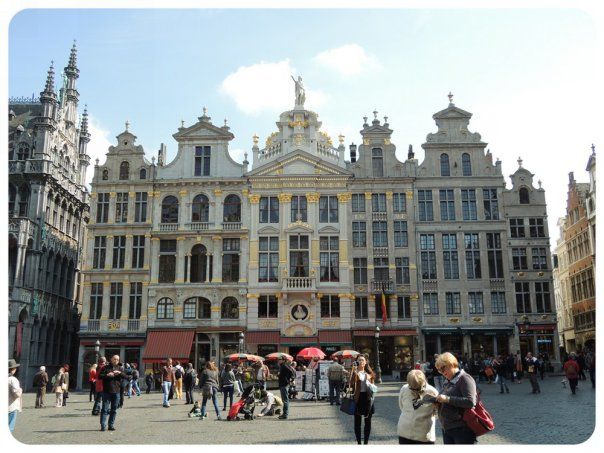
The most iconic landmark of all the many buildings in the Grand Place has to be Hotel de Ville, otherwise known as City Hall . Dating right back to the early 15th century, this building has been fortunate to escape many of the bombardments that other buildings on the square have faced. Still, the building has been restored many times and the faade now owes much to a 19th century style.
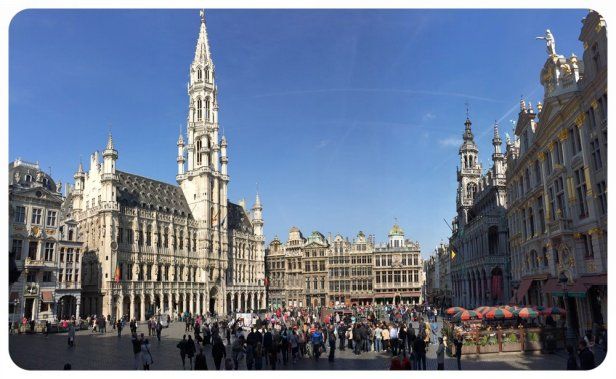
One of the most interesting but temporary features of the square is a flower carpet. In 1971, a huge carpet of flowers was created in the centre of the square. The attraction proved to be so appealing to both locals and tourists that a flower carpet is now created in the square every two years.
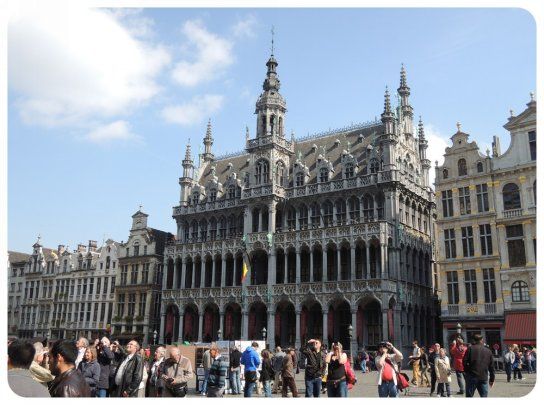
Traveller Tip: If you want to dive directly into the heart of the city, then the Grand Place is where you'll want to start. On the edge of the square you'll also find the official Brussels tourism office.
Where: Grand Place, Brussels
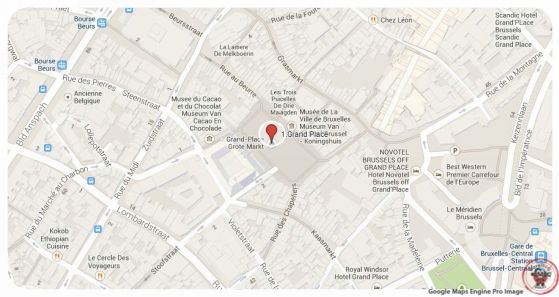
If you have Internet access and are reading this guide from a smart phone, tablet or computer, you can view the full map showing all 10 attractions here: http://travelbugguides.com/brusselsmap.html
1.2. Royal Palace
For fans of royal history, the Royal Palace should be at the very top of a city tour itinerary. This is the official palace of the King and Queen of the Belgians although it is no longer actively used as a royal residence. This palace does still have an official purpose though and many important functions are hosted in the state rooms here.
Building work started on the palace in 1783 but the faade that we see today was only completed in the 20th century for King Leopold II.
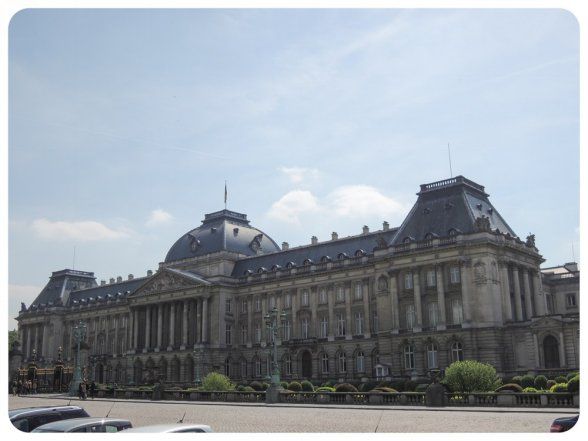
The building today not only acts as a location for the official business of the King, but has many political functions and hosts the services of the Foreign Relations Department and the Social Affairs department and so this palace is still very much at the heart of political life in Brussels and Belgium.
Visitors will have access to a selection of the palaces state rooms, which also host impressive works of art. Free entrance.
Traveller Tip: The Royal Palace is located right next to "Parc de Bruxelles", one of several large green areas in Brussels. Although Parc de Bruxelles is not rated as one of our Top 10 attractions in Brussels, it's worth a visit when you're visiting the Royal Palace.
Where: Place des Palais
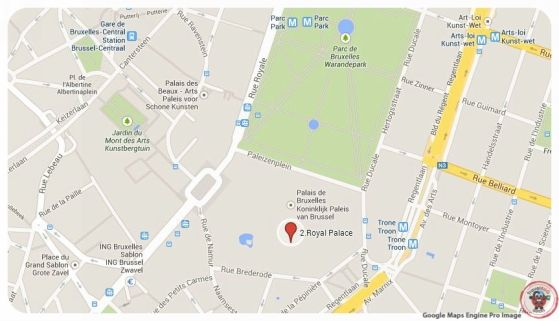
If you have Internet access and are reading this guide from a smart phone, tablet or computer, you can view the full map showing all 10 attractions here: http://travelbugguides.com/brusselsmap.html
Opening Hours: Tuesday-Sunday: 10:30 am - 4:30 pm (access to the palace is only possible during the summer months)
Contact: http://www.monarchie.be
1.3. Royal Museums of Fine Arts
Any art fans travelling to Brussels will love the Royal Museums of Fine Arts, which is a collection of 4 museums (Old Masters Museum, Modern Museum, Fin de Sicle Museum and Magritte Museum) that are connected to each other in the heart of Brussels, making this one of the most important cultural sites in the capital. The four museums contain over 20,000 artworks from the 15th century to the present day, and the collection includes paintings, drawings, sculptures, and installations.
This complex of museums is particularly famous for housing a large and prominent collection of Flemish paintings from the likes of Anthony van Dyck and Jacob Jordaens. And of course, no museum of Flemish painting would be completed without work from Rubens, and this museum contains a complete Rubens Room and over 20 paintings from the great Flemish artist.



